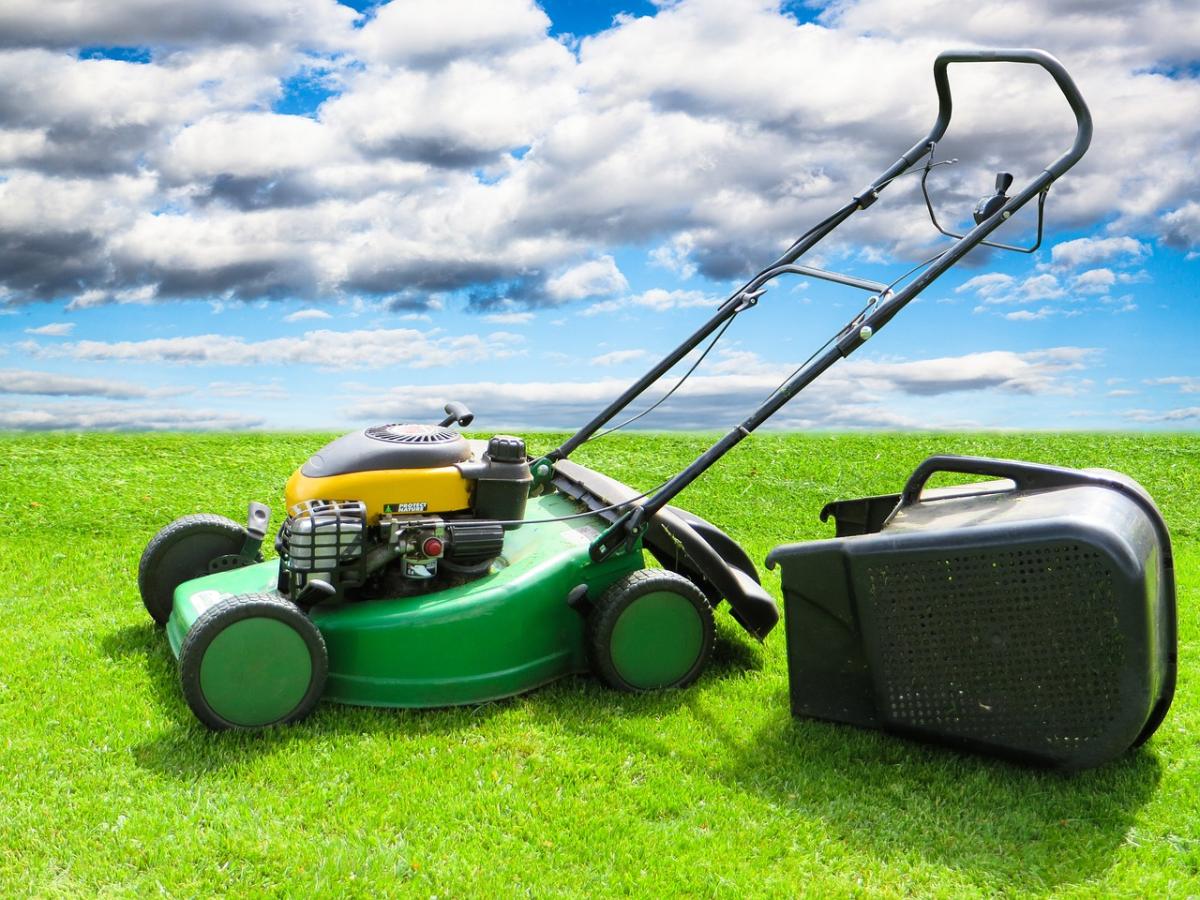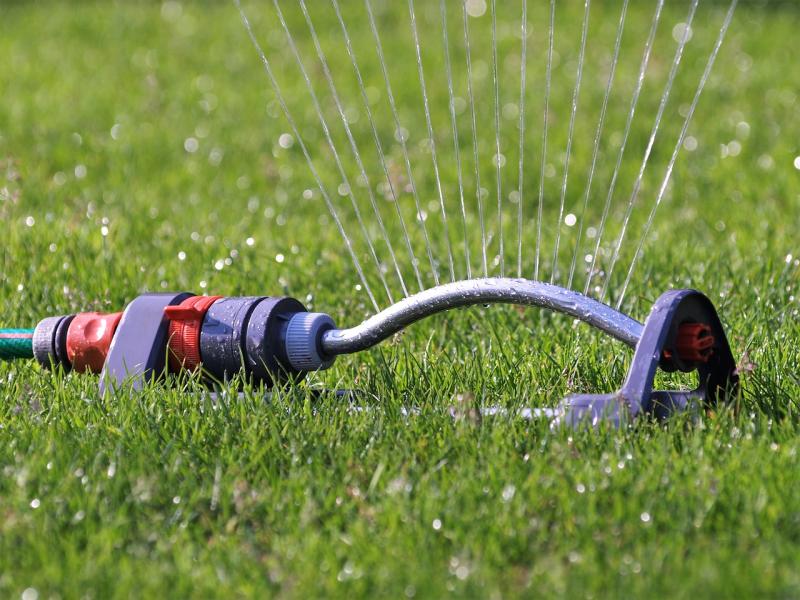If you’re dreaming of a lush green lawn but feel overwhelmed by the work involved, you're not alone! Many homeowners want that perfect yard, but the thought of constant maintenance can be a real turn-off. Luckily, there are some easy steps you can take to achieve that healthy lawn without all the fuss.
First things first, start with the right grass type for your area. Depending on where you live, some grasses just naturally thrive better. If you’re in a cooler climate, consider varieties like Kentucky Bluegrass. For warmer areas, Bermuda grass might be your best friend. Picking the right grass saves you time and ensures a vibrant lawn from the get-go.
Next up is watering. Consistency is key here! Lawns typically need about an inch of water a week. Instead of daily watering that can lead to shallow roots, try deeper, less frequent watering to encourage deeper root growth. You can use a simple rain gauge to track how much you're giving it and adjust accordingly.
Don’t forget about mulching! A layer of mulch not only helps retain moisture but also keeps weeds at bay. It’s like a cozy blanket for your lawn. These simple adjustments can make a huge difference, reducing upkeep while keeping your grass healthy and green.
Simple Tips for Lush Grass Growth
If you want a lush green lawn, there are some easy tips you can follow to make it happen. It doesn’t have to be complicated or time-consuming! Here are some simple ways to boost your grass growth.
1. Water Wisely: Grass needs water, but timing is everything. Instead of frequent light watering, aim for less frequent, deep watering. This encourages roots to grow deeper, making your grass healthier in the long run. Early mornings are the best time to water, as it allows the grass to absorb moisture before the sun gets too hot.
2. Mow with Care: Regular mowing keeps your lawn looking tidy. Just remember to keep your mower blade sharp and only cut the top one-third of the grass. This helps the grass recover quickly and promotes thicker growth. Plus, it gives your lawn that neat look we all love.
3. Choose the Right Fertilizer: Feeding your grass can make a big difference. Look for a slow-release fertilizer that suits your grass type. Applying it in the spring and fall provides the necessary nutrients for strong growth without overloading the grass.
4. Aerate Your Lawn: If your soil is compacted, aerating can help. This process involves perforating the soil with holes to allow air, water, and nutrients to penetrate deeper. It’s especially beneficial if your lawn sees a lot of foot traffic. Just a couple of times a year can do wonders!
Top Products to Boost Your Lawn
If you’re looking to transform your lawn into a vibrant green oasis, you’ll need the right tools and products. Here’s a list of top products that can give your yard the boost it needs, making your lawn care routine easier and more effective.
These products can make a noticeable difference in the health and appearance of your lawn. Each one plays a specific role in helping your grass thrive, which means less stress for you and more time to enjoy your outdoor space!
Common Lawn Care Mistakes to Avoid
Taking care of your lawn might seem straightforward, but many people fall into traps that can actually harm their grass. Let’s look at some common mistakes so you can keep your lawn looking its best.
One big mistake is over-watering. It might seem like a good idea to give your lawn a lot of water, but too much can lead to root rot and other issues. Aim to water your lawn early in the morning to give it a good drink without overwhelming it. A good rule of thumb is about an inch of water per week, including rain.
Another common error is mowing too short. It might be tempting to get that perfectly manicured look, but cutting your grass too short can stress it out and make it vulnerable to weeds and pests. Try to keep your grass around three inches tall; this helps the roots grow strong and shades the soil to retain moisture.
Don’t forget about soil health either! Skipping soil tests means you might be missing out on crucial nutrients your grass needs. A simple test can tell you what’s lacking in your soil, so you can amend it accordingly. Regular aeration can also help, allowing air and nutrients to reach the roots more effectively.
Lastly, avoid using too many chemicals. While fertilizers and herbicides can be helpful, overdoing it can actually harm your lawn and the environment. Look for natural or organic options that are gentle yet effective. Keeping things simple and healthy goes a long way in achieving that lush green lawn you dream of.



